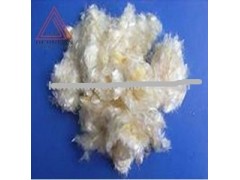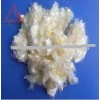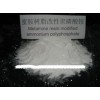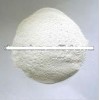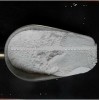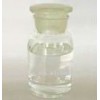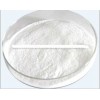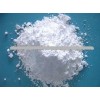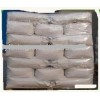PVA FIBRE
Denier(dtex) 1.8-2.2
The range of length 3-50mm
PVA FIBRE
Our PVA-Fiber is mainly used in sheet and section material, and could prevent the microcrack caused by plastic shrinkage of the concrete. This environmental product gradually takes place of the asbestos and becomes a new kind of material.
The Physicochemical Properties of PVA-Fiber
|
Material Form |
polyvinyl alcohol |
The Type of the Fiber |
bunchy monofilament |
|
Color |
yellow |
Denier(dtex) |
2.0±0.2 |
|
Length(mm) |
6±1 |
Elongation at Break(%) |
6-11 |
|
Tensile Strength(cn/dtex) |
≥500 |
Modulus of elasticity(cn) |
>260 |
Note The range of length 3-50mm, and according to the your demand
The Performance of PVA-Fiber
PVA-Fiber has high tensile strength and an excellent mechanical property
1.High performance of acid & alkali resistance and a low damage in the long-time environment of acid & alkali
2.Good light and season resistance. In the long-time sunshine, has a lower damage than other fibers
3.Good dispersivity. The fibers are separated and easier to disperse when come to the water.
4.Good affinity with the cement
The Function of PVA-Fiber
1.Anti-crack and anti-infiltration: The fibers distribute in the mortar and concrete in different directions, which can prevent the happen and development of the crack.
2.Anti-impact and anti-quake: Absorb the impact power and improve the anti-impact capacity
3.Anti-frost and anti-fatigue: Relieve the stress caused by the temperature difference and increase the anti-frost and anti-fatigue capacity
4.Anti-rub: Decrease the dusting,flaking,weathering of the concrete roads
5.Increase toughness: Improve brittleness of the concrete and increase the anti-break capacity
6.Weight reduction: Increase the anti-stretch and anti-cut capacity of the concrete, so the cross section size of the ready-made sections are decreased, therefore decrease the weight of itself.
The Application of PVA-Fiber
1.Take place of asbestos and manufacture the asbestos cement products.
2.Make the light wallboard,insulation board and other building material.
3.Make the component of the concrete,tubing and board.
4.Large acreage concrete pouring, such as quay.
5.The roof,basement of the industrial and residential building.
6.The sprayed concrete, such as tunnel,mine,culvert and side slope.



